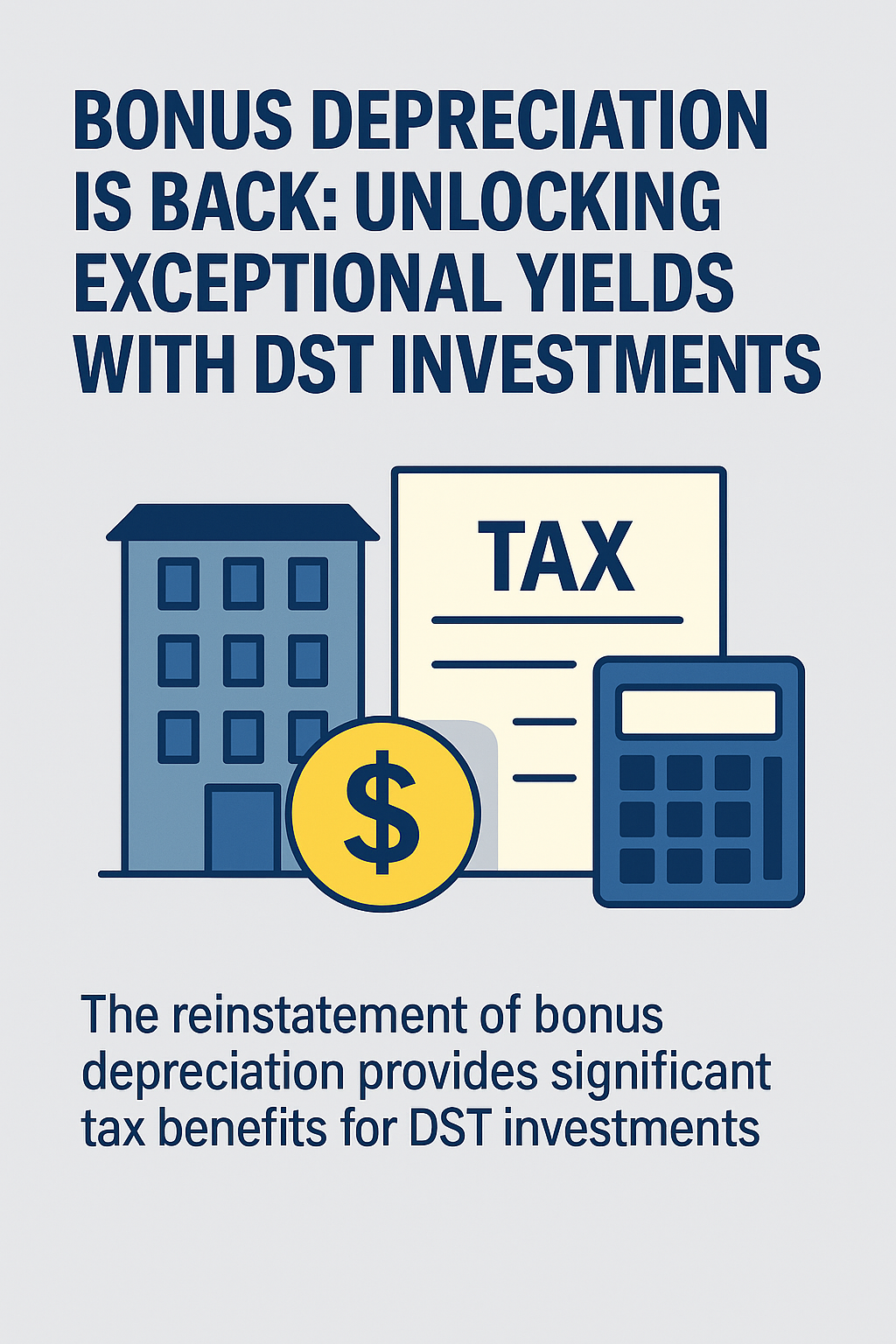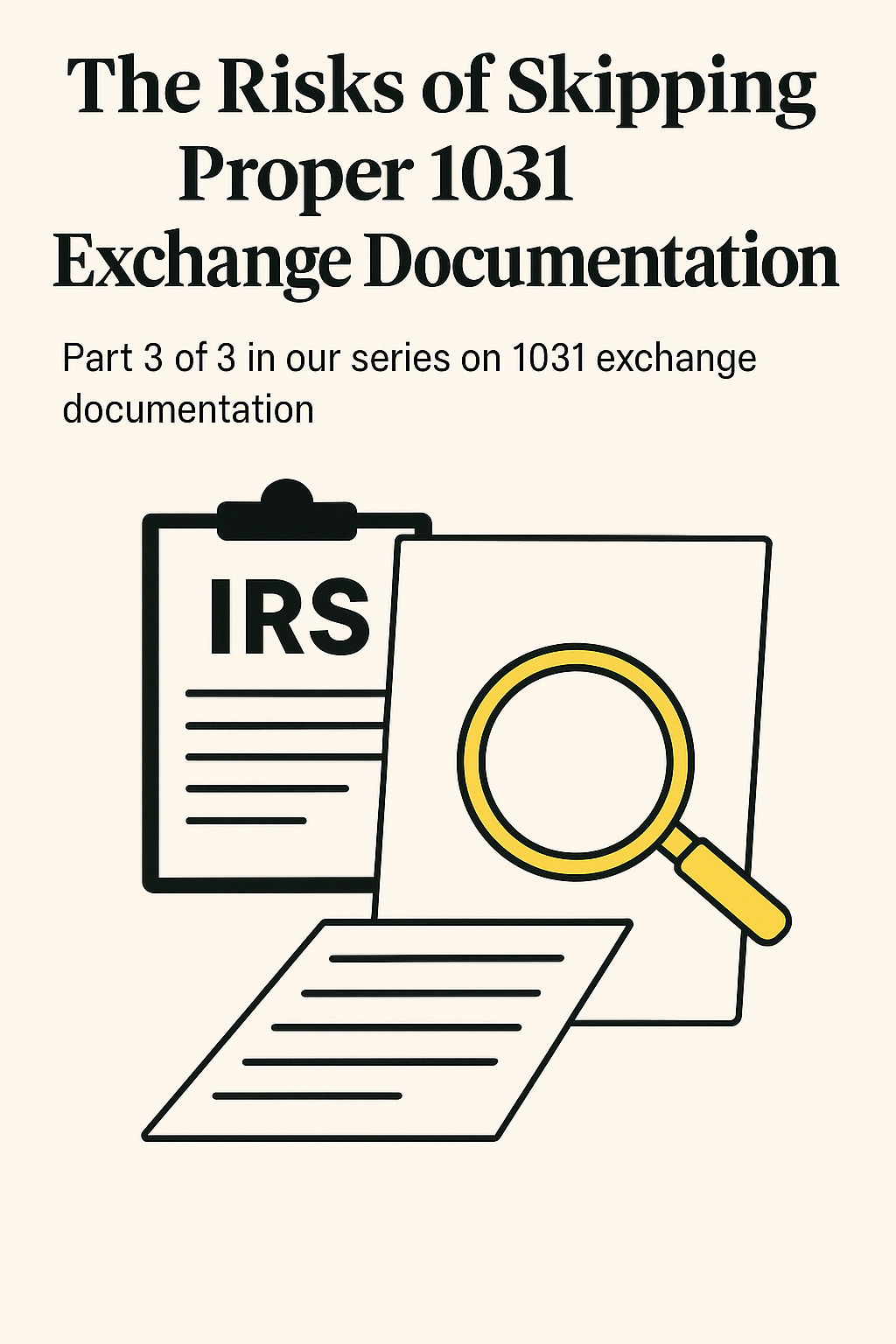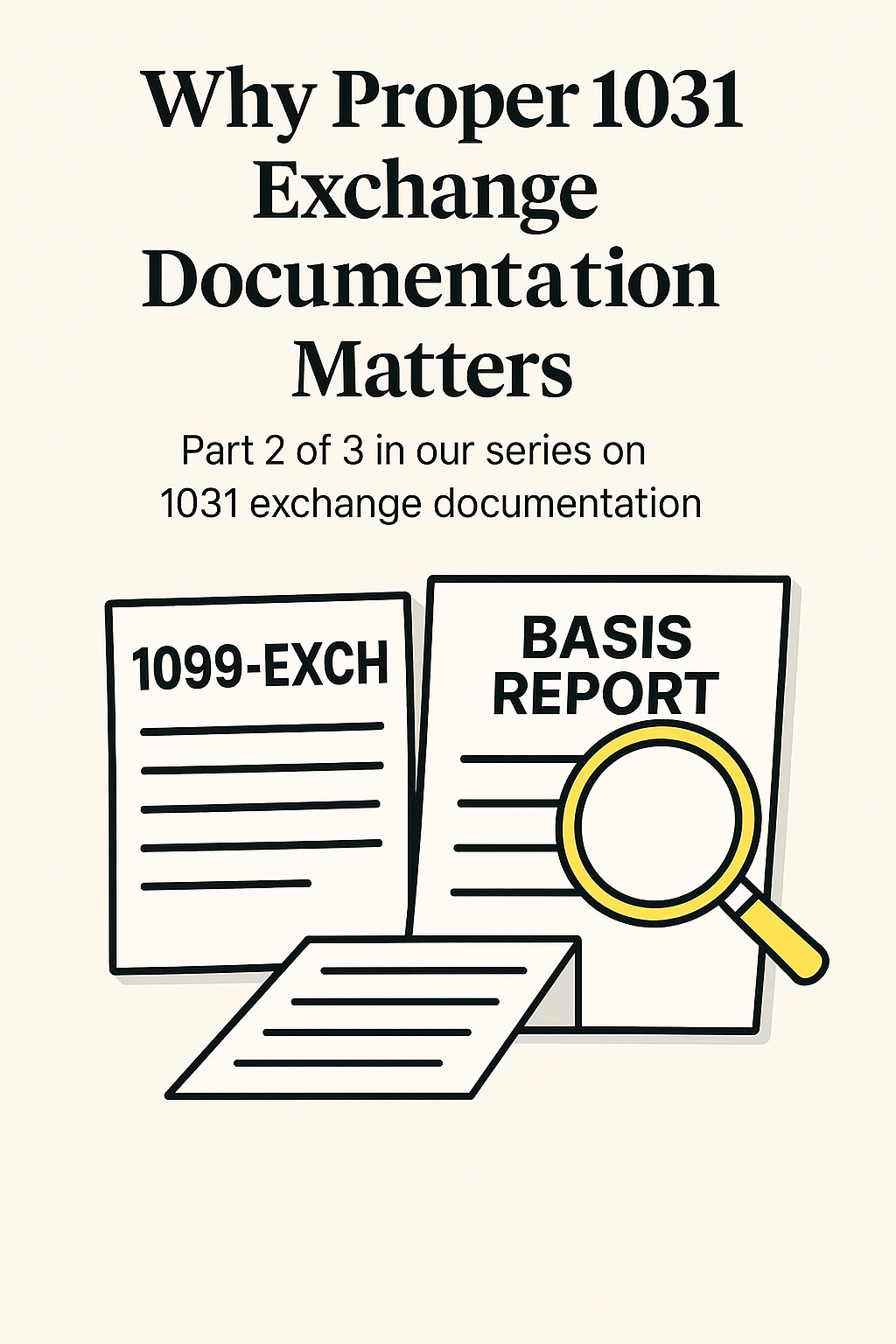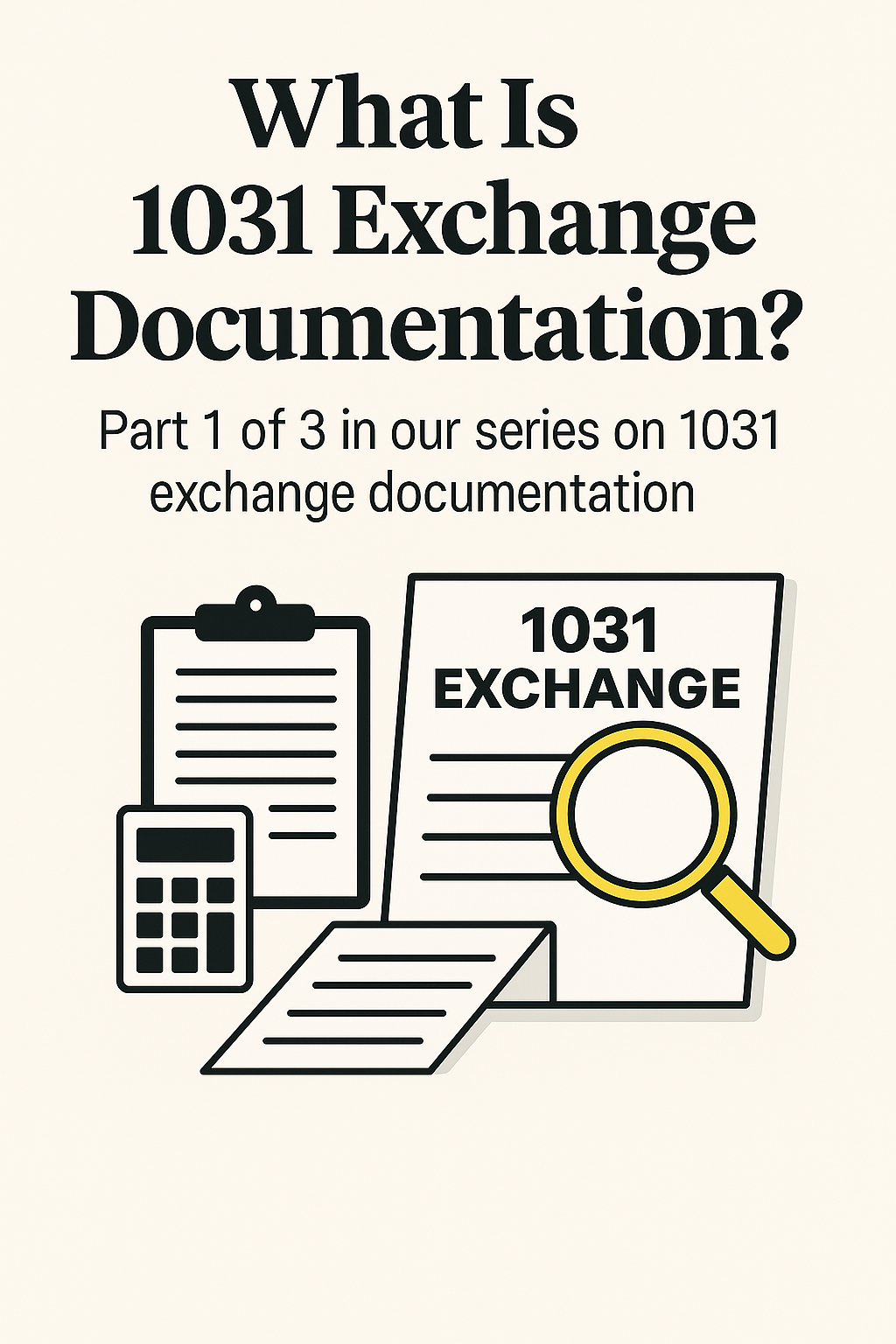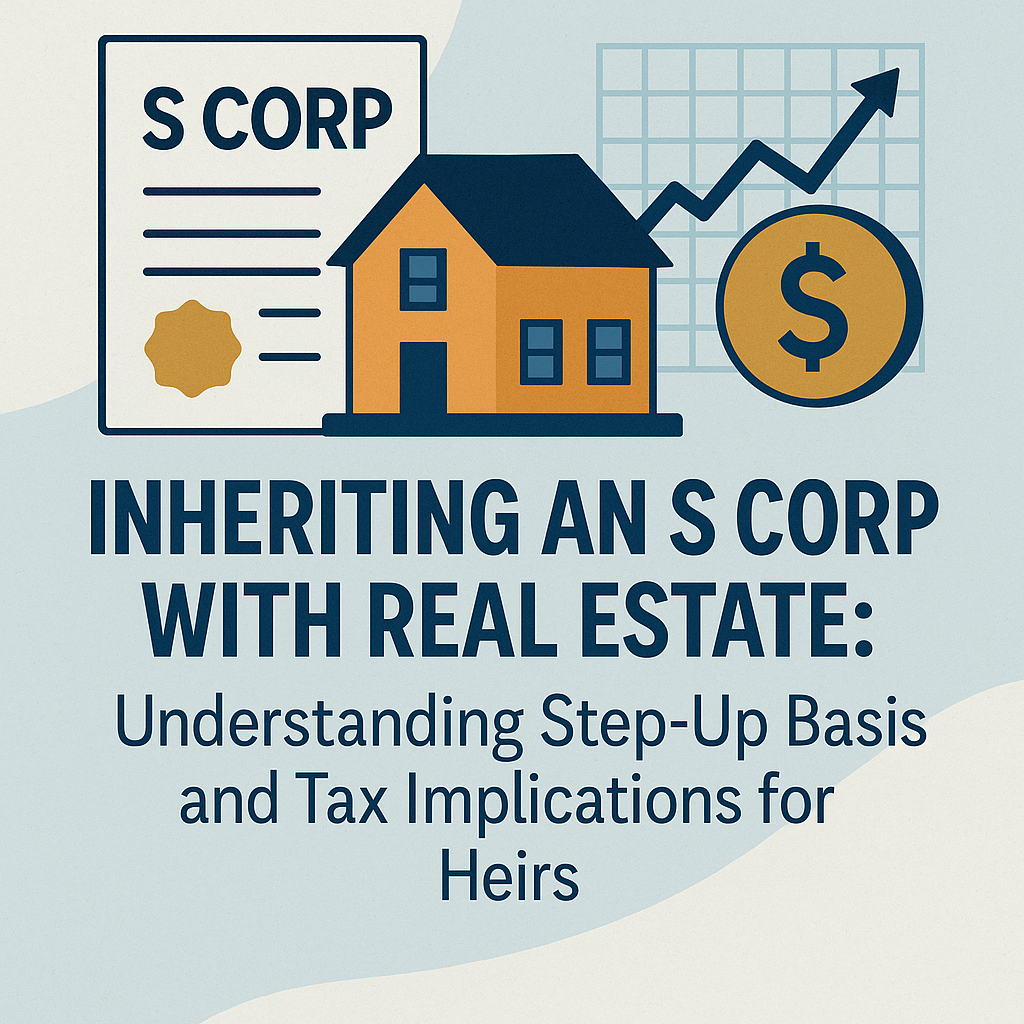For individuals or entities with no current tax obligation, the allure of cost segregation can be misleading. Deploying this strategy without an existing tax liability could lead to the premature usage of invaluable depreciation deductions. Essentially, the deductions would be consumed without counteracting any tax, rendering them wasted in the short term. In situations like these, where the immediate tax-saving implications are non-existent, cost segregation might not be the strategic choice it’s often perceived as. It’s crucial to assess the present tax landscape before diving into this advanced tax strategy.
Age and Tax Bracket Considerations
Age, surprisingly, plays a nuanced role in determining the appropriateness of employing cost segregation. Some real estate investors in the earlier stages of the investment cycle may not get as much benefit from cost segregation as they will in later years. For these individuals, we may want to wait 10 years before trying to maximize depreciation through cost segregation. The same investor approaching their sixties might believe their income will not get bigger, they can use cost segregation to maximize tax savings. If the same client is in their 80s the clock is running out. In these cases, if cost segregation would otherwise produce savings there really isn’t much sense in not using it.
As individuals journey through different life stages, their financial landscape and, consequently, their taxable income tend to shift. The $80,000 taxable income threshold stands out as a pivotal marker in this journey. Up to this point, an individual usually finds themselves in a 12% tax bracket. However, once their income surpasses this threshold, they ascend to the 22% tax bracket—a substantial leap.
This progression in tax brackets fundamentally impacts the decision-making process surrounding cost segregation. Utilizing this strategy in the lower 12% tax bracket might not yield significant savings like it could in the 22% bracket. If employed too early, there’s a risk of exhausting these precious depreciation deductions when they’re worth less, leaving fewer available for future years where they could offset a higher tax liability. Such foresight is crucial to ensure that cost segregation is not just beneficial but optimally advantageous based on one’s age and corresponding tax situation.
Risks of Cost Segregation
Delving into the realm of cost segregation requires a keen awareness of its associated risks, which, if overlooked, can lead to substantial financial setbacks. A notable concern arises when one contemplates the possibility of incurring a 25% Federal tax on gains resulting from depreciation. This tax implication is particularly poignant when selling a property without partaking in an exchange or when taking some form of boot, which refers to non-like-kind property received in an exchange.
The juxtaposition of potential tax savings against the looming risk of future tax liabilities becomes an essential consideration. At Exchange Planning Corporation we will guide you through the decision to make sure you optimize your depreciation deductions.
The Potential of Cost Segregation in the Future
Cost segregation isn’t a one-size-fits-all strategy applied uniformly across all stages of an investor’s journey. While its immediate application may not always be prudent, its latent potential can be harnessed effectively at more opportune moments in the future. This becomes clear when we dive into the concept of the 481 adjustment, a provision that allows taxpayers a mulligan of sorts on their depreciation methods.
The 481 adjustment can be visualized as a bridge that connects past depreciation decisions to present financial scenarios. Here’s how it works: Suppose, after conducting a cost segregation study, an investor realizes they could have claimed an additional $75,000 in depreciation in previous years. Instead of ruing missed opportunities, they can leverage the 481 adjustment. This adjustment essentially communicates to the IRS that the investor’s past depreciation methods were not optimized. By invoking this provision, they can claim that extra $75,000 depreciation as a deduction in the current year, providing a sizable tax shield when their income is potentially higher.
The flexibility offered by the 481 adjustment further underscores the value of preserving a cost segregation study, even if it’s not immediately put into action. This is not just about rectifying past choices but also about strategically positioning oneself for the future. As income levels rise and tax liabilities swell, having the option to make a 481 adjustment can be a game-changer, turning what was once a dormant tool into a potent weapon in one’s tax strategy arsenal.
Conclusion
Cost segregation, while a potent tool in the realm of property investment and tax strategy, isn’t a straightforward panacea that fits all scenarios. Its power is not just in the acceleration of depreciation deductions but in understanding when and where these accelerations should be applied for optimal gain. As we’ve explored, there are times when it’s prudent to harness its benefits, and moments when patience yields greater rewards. Factors such as current tax liabilities, age-related income progressions, potential future tax repercussions, and strategic long-term planning play crucial roles in this decision-making process.
Moreover, the intricacies of tools like the 481 adjustment emphasize the importance of staying informed and adaptable, ready to pivot strategies as financial landscapes evolve. Preserving the findings of a cost segregation study offers an invaluable reservoir of options, enabling investors to remain agile in the face of changing tax implications.In wrapping up, while cost segregation can undoubtedly offer significant advantages, its true value is unlocked when it’s interwoven with an informed, strategic approach. As with many tools in the world of finance and investment, it’s not just about having the tool but mastering the art of its application. An astute investor will recognize that cost segregation is a piece of the larger financial puzzle, and its judicious use can help craft a more prosperous financial picture.
FAQ
Q: What is Cost Segregation?
A: Cost Segregation is a specialized tax strategy that enables property owners to accelerate depreciation on certain components of their property. This acceleration leads to substantial tax deductions.
Q: Why is the presence of tax liability important for Cost Segregation?
A: The primary benefits of cost segregation arise from its ability to offset tax liabilities. If there’s no current tax obligation, the accelerated depreciation deductions can be rendered useless, as there’s no tax to counterbalance.
Q: How does age affect the decision to employ Cost Segregation?
A: Age can be indicative of different income brackets. Typically, younger investors possess a more extended time horizon, allowing them to use their depreciation deductions. As such, they might prefer to delay employing cost segregation until they’re subjected to higher tax rates.
Q: Are there risks associated with Cost Segregation?
A: Absolutely. Some of the potential risks include facing a 25% Federal tax on depreciation gains, especially if a property is sold outside of an exchange. It’s also possible to encounter some recapture income, even if a tax-free exchange is successfully completed during the sale. However, the magnitude of this recapture income diminishes the longer the property is retained.
Q: What is the 481 adjustment and its relation to Cost Segregation?
A: The 481 adjustment offers taxpayers the opportunity to amend previously used depreciation methods. This is a way to convey to the IRS that the formerly employed methods weren’t the most beneficial. Through this adjustment, it becomes feasible to claim additional depreciation deductions in the present year, based on findings from an earlier cost segregation study.


